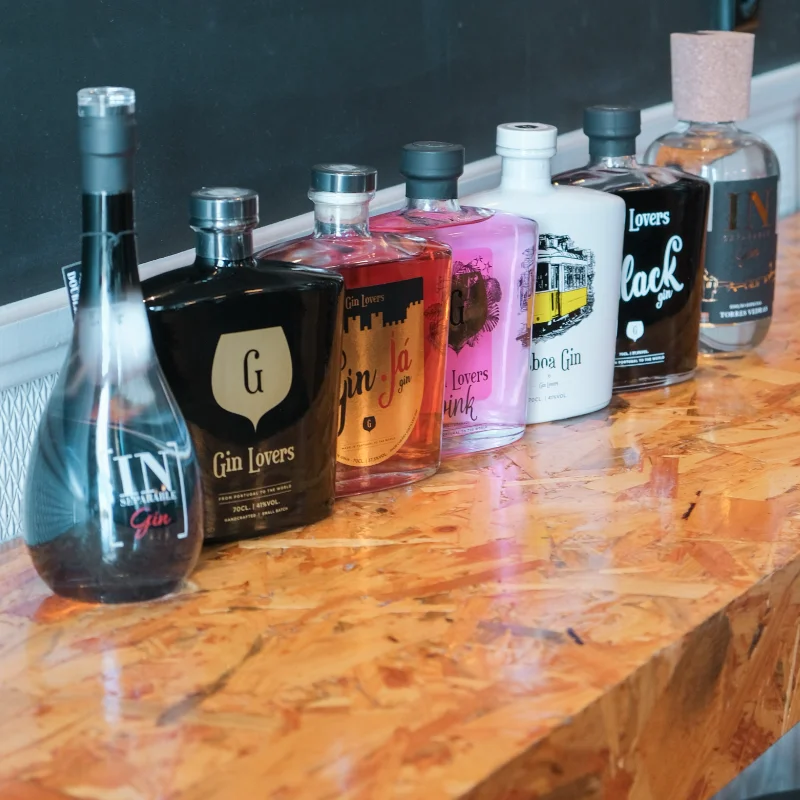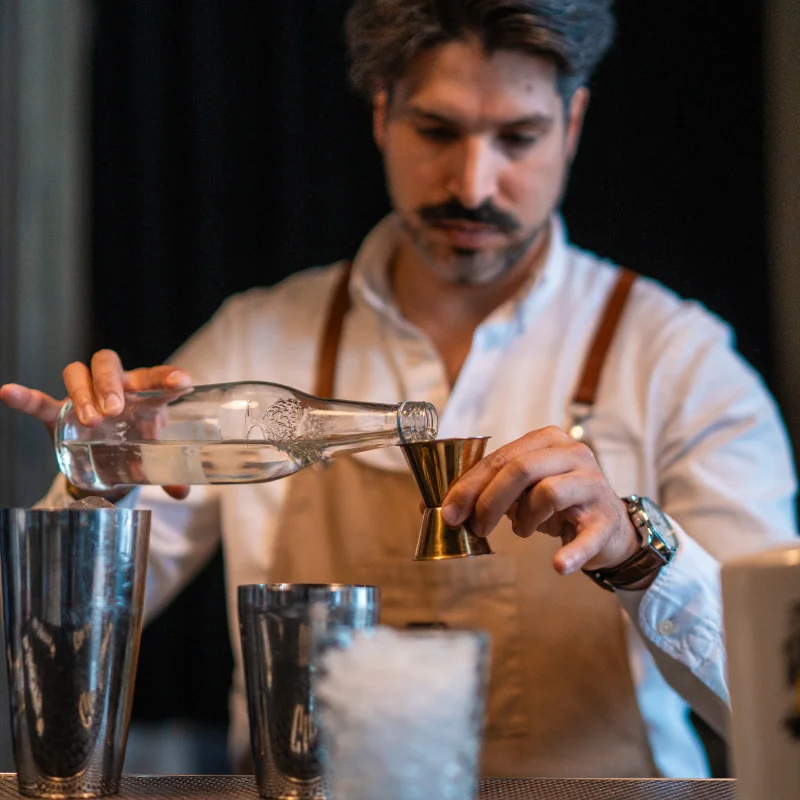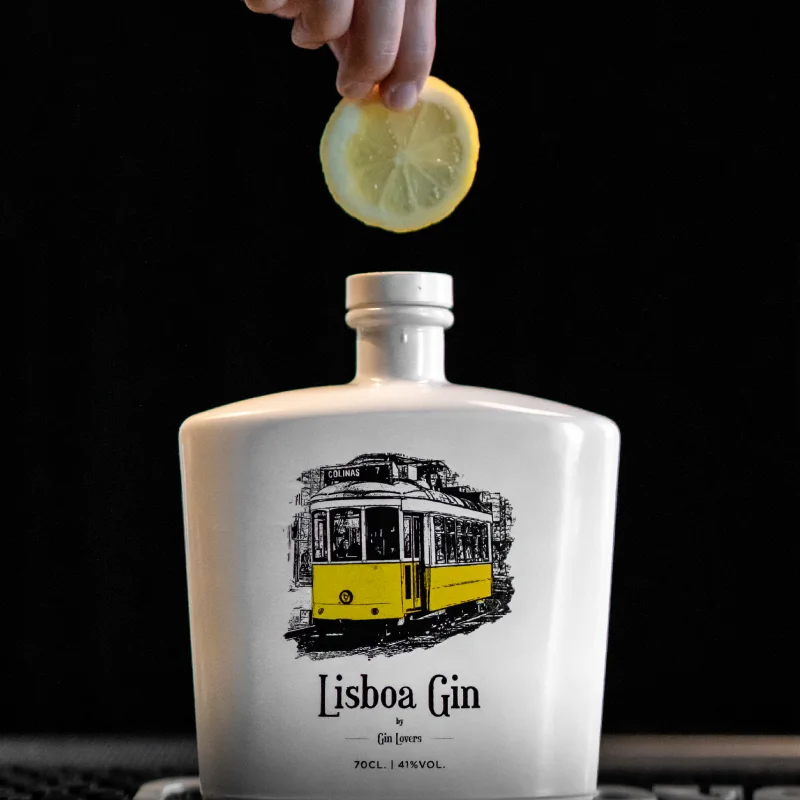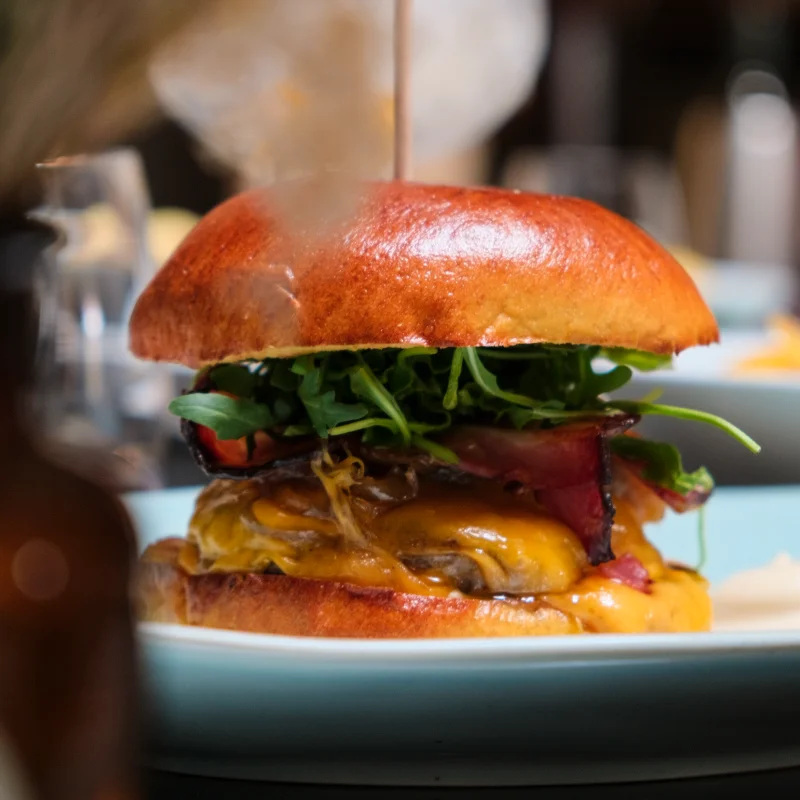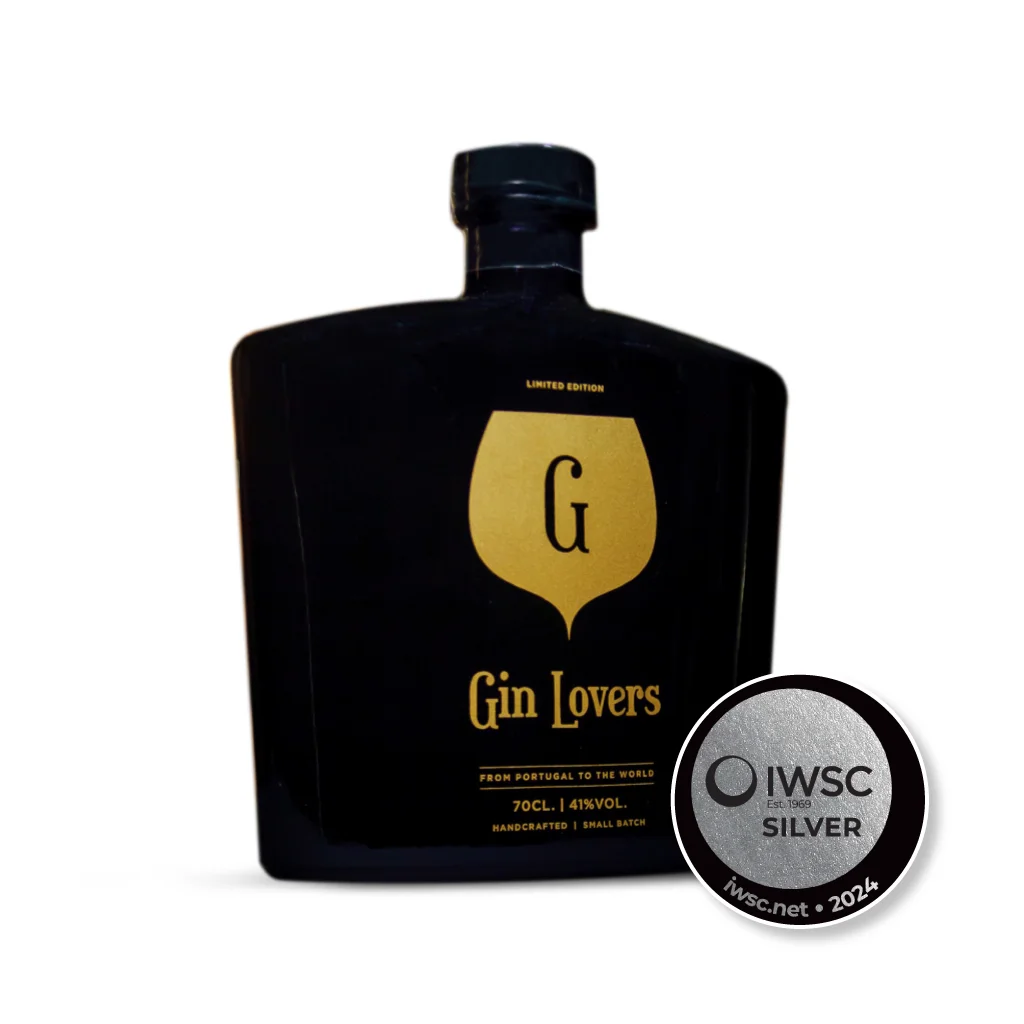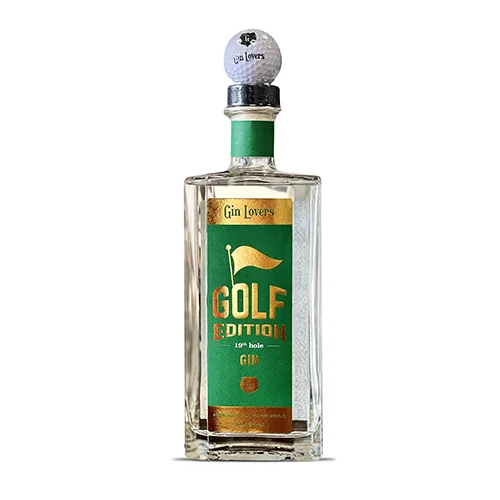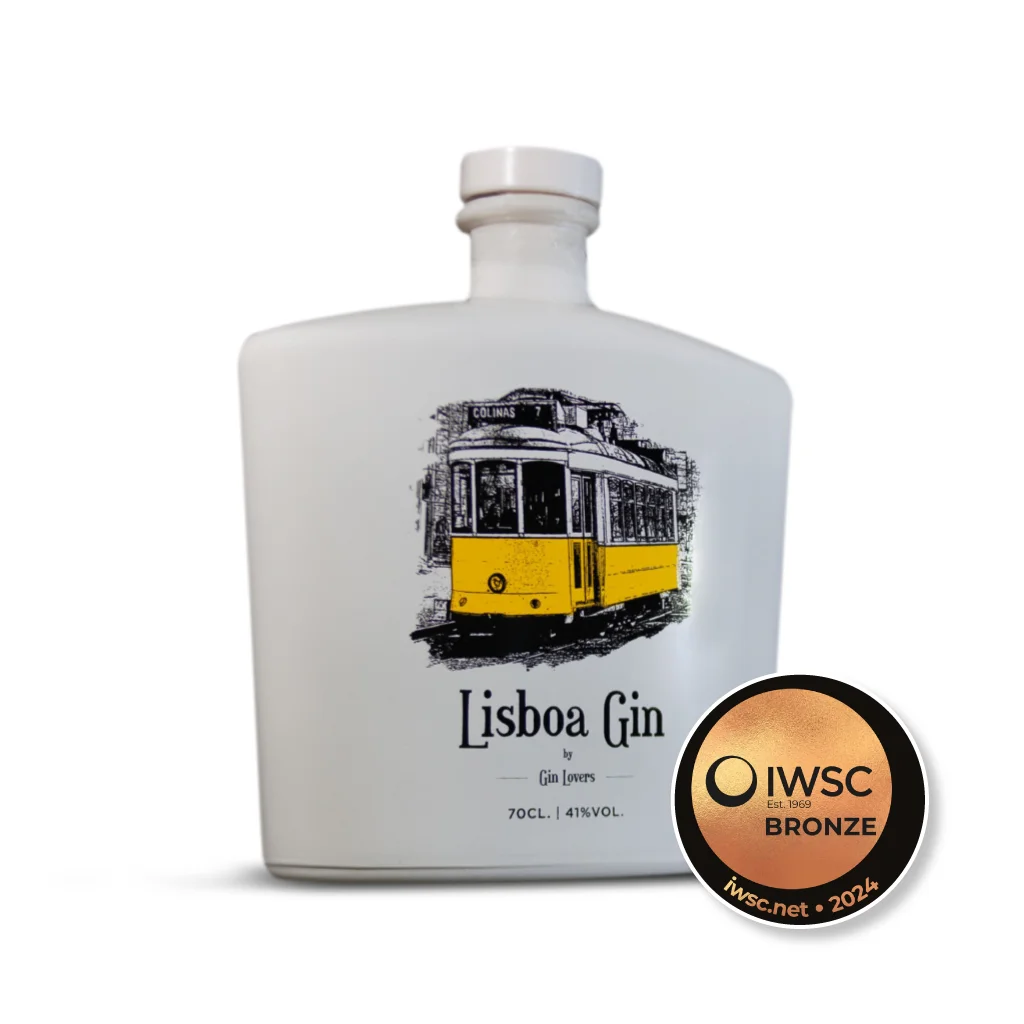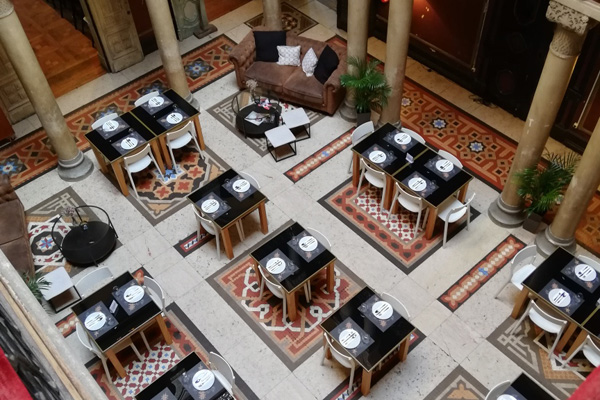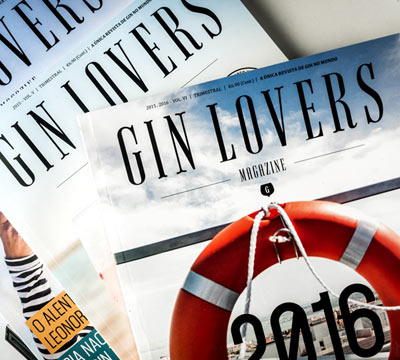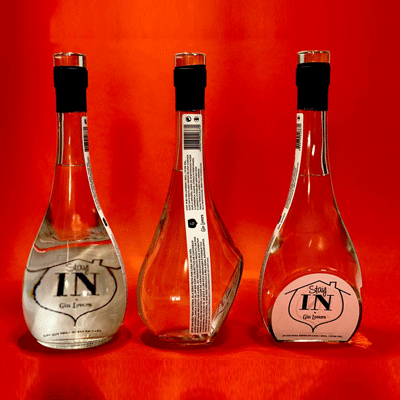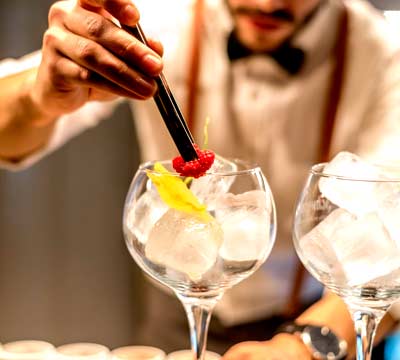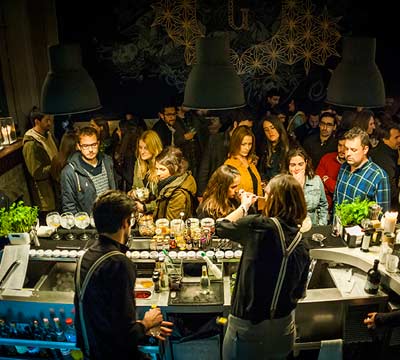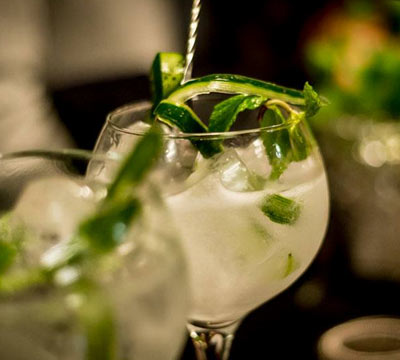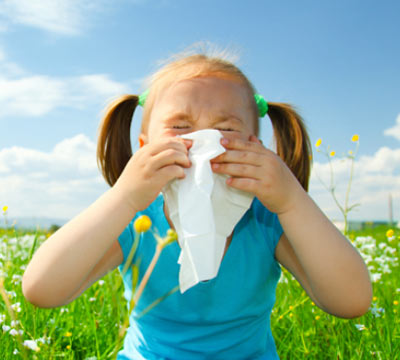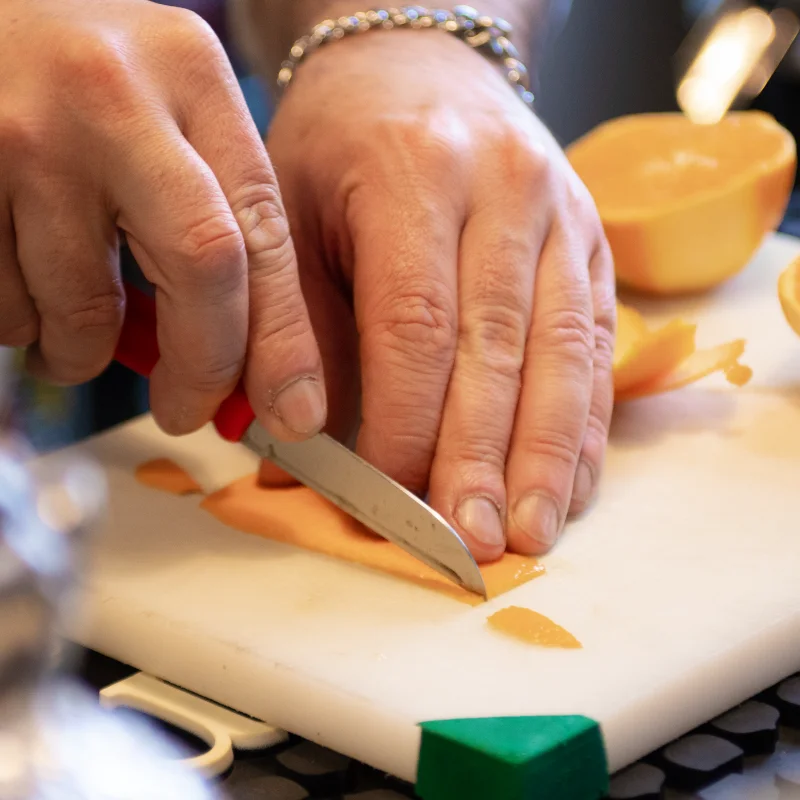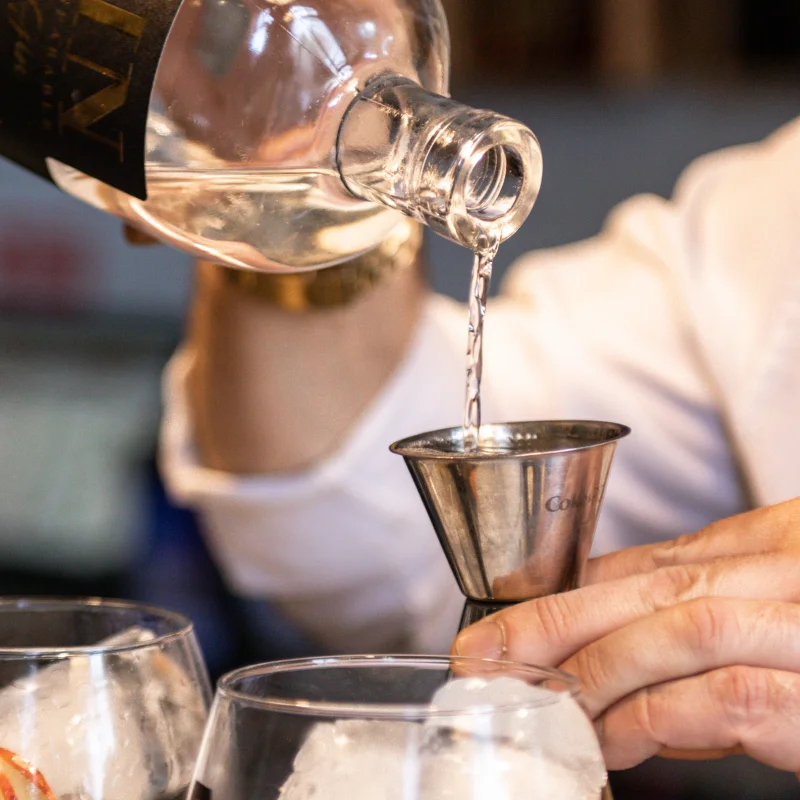



Lisboa Gin
Útimas Notícias
Gins da Gin Lovers com QR Codes
Há quem lhe chame QR Codes ou rótulos digitais, a verdade é que entraram nas nossas vidas nos últimos meses e vieram para ficar. Da próxima vez que comprar uma garrafa Gin Lov
Gin Lovers Bar & Restaurante
O projecto Gin Lovers Bar & Restaurante nasce do desejo da Gin Lovers em criar um espaço 100% de Gin em Lisboa. Um conceito que junta Bar, Restaurante e Loja. O Bar apresenta mais
Revista Gin Lovers? A primeira revista de Gin do mundo
A primeira revista do mundo dedicada ao Gin é 100% feita em Portugal e pela Gin Lovers. Uma revista de Gin e estilo de vida - com Gin e muitas pessoas no seu interior. Lançada em
Stay IN by Gin Lovers – o Gin solidário
Fomos todos apanhados de surpresa, mas não desprevenidos. Por isso olhamos e seguimos em frente para que ninguém fique para trás. A Gin Lovers e a OnFlavours unem esforços, e
INseparable Gin
Há mais um Gin nacional no mercado. INseparable é a mais recente adição à nossa prateleira que conta já com algumas dezenas de referências nacionais. Tudo começou, há já
Gin, os números
Os número chegam-nos de Inglaterra mas têm algum paralelo com a situação nacional. No primeiro semestre do ano (janeiro a Junho) as vendas de Gin tiveram um crescimento quer em
As tendências no mundo das bebidas
Todos temos o nosso gosto e as suas bebidas de eleição mas é difícil ficar imune às influências externas e às tendências que vão surgindo. É assim que o mercado se vai mu
A “moda” do Gin?
É difícil dizer quantas vezes foi noticiado o fim do Gin. A Vodka, o Rum e agora o Porto Branco são sempre apontados como a nova moda. No entanto, o tempo começa a mostrar que
As alergias e o álcool
Está um Sol radioso e as temperaturas continuam em alta. Apetece mesmo uma bebida gelada na esplanada. Ainda que a vontade seja transversal acreditamos que alguns tenham de pensar



